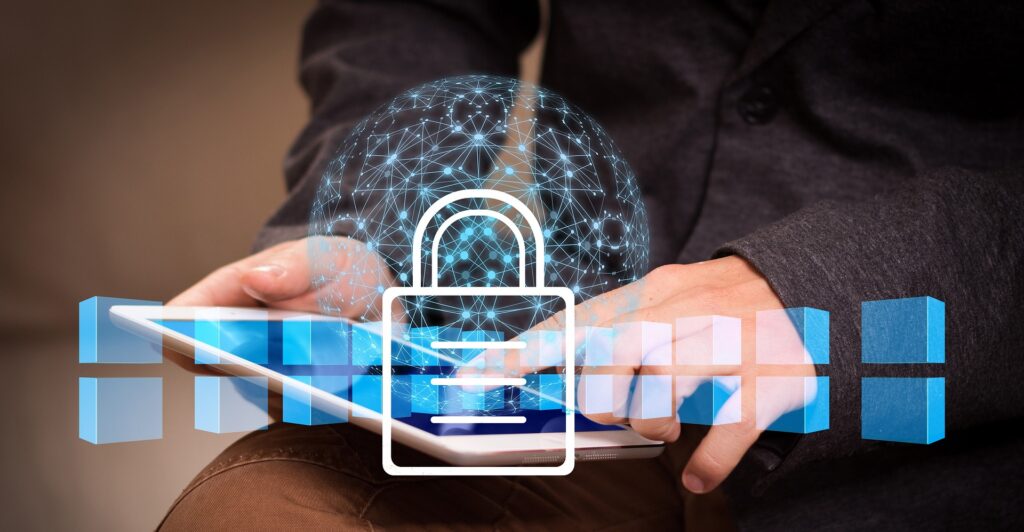The business world in this digital age is fraught with danger that can lead to significant financial losses. The ever-evolving fraud industry identifies small vulnerabilities and uses them to commit identity theft, phishing scams, embezzlement, credit card fraud, and e-commerce fraud.
We focus on rule-based systems, manual checks, and simple pattern recognition in the past. But we have some new technologies, strategies, tools, and practices to share. These hidden gems can fortify and strengthen your business’s defense against fraud.
Implement a Comprehensive KYC (Know Your Customer) Program
KYC ensures your clients are genuinely who they claim to be. These mandatory processes identify and verify a client’s identity when opening an account and periodically over time.
These structures require financial instructions to verify the identity of clients and assess their risk profiles. KYC collects pertinent information, such as the source of each client’s funds, the nature of their business activities, and the purpose of each account and transaction they make.
It’s crucial to maintain your business’s AML and KYC compliance. Many advanced KYC software make it easy to do so by offering automated risk assessments and continuous customer monitoring.
Leverage AI and Machine Learning for Fraud Detection
Organizations must continuously monitor their client transactions. Manual checks and pattern recognition by human analysts aren’t efficient enough to pick up patterns deviating from the norm.
AI technologies sift through vast amounts of data to analyze patterns and detect anomalies that may indicate fraudulent activity, identifying them before they cause harm. When suspicious activity is detected, these programs automatically report to relevant parties.
Programs such as ComplyAdvantage and FeatureSpace are continuously fine-tuning and adapting to new fraud patterns and tactics. This significantly diminishes the time and energy necessary to detect and respond to threats, enhancing the efficiency and innovation of your business.
Adopt Multi-Factor Authentication (MFA)
A simple username-and-password authentication is no longer an adequate defense against scammers. MFA is the process of adding layers of security to user authentication procedures.
Layers of a secure MFA defense should include something the user knows (e.g. password), something the user has (e.g. security token), and something the user is (e.g. biometrics).

Biometric verification technologies (fingerprint scanning, facial recognition, iris scanning) are great fraud deterrents. They provide excellent security and improve user experience. Voice recognition is an up-and-coming software trend that analyzes inflections, variations, and other unique elements of a person’s voice, which is incredibly difficult to mimic.
Conduct Regular Security Audits
In 2023, 5.4 million fraud reports were filed to Sentinel Network over more than 20 American states. Therefore, it’s crucial to periodically review your business’s security methods and identify potential weaknesses in its fraud defense.
UpGuard is a hidden gem that assesses the effectiveness of your business’s current fraud prevention strategies. Audit tools such as this help implement improvements based on the latest technologies available.
A reliable auditing system should include vulnerability assessment, penetration testing, security information and event management, intrusion detection and prevention, web application security scanners, compliance management, endpoint security, security configuration management, and incident response tools.
Utilize Blockchain Technology for Secure Transactions
Blockchain technology adds transparency and security to transactions to reduce the risk of fraud. It’s extremely difficult for fraudsters to tamper with a completely transparent recording of transactions in ledgers.
The decentralized nature of blockchain systems means control and decision-making don’t lie with a single entity, such as one individual, organization, or group. The distribution of functions, control, and information across various participants deters any entity from exerting authority over another.
Binance and EOSIO are examples of reliable emerging fraud prevention blockchain platforms. Meanwhile, Hyperledger is forging the path by continually launching updated versions of its technology with unique features.
Enhance Employee Training on Fraud Awareness
Educate all your employees about common fraud tactics, and how to recognize and deal with them.

This level of employee education should be a crucial part of your annual refresher training. All members of your organization should understand the risks and signs of potential problems. So, include all departments, not only those involved with finance, customer interactions, payroll, accounts, and treasury.
Host an interactive, relevant, and role-specific program that includes AI and virtual reality simulations that mimic real-life events. Your employees can practice their skills in managing cybersecurity threats, and will learn about the consequences of fraudulent activities with hands-on learning.
Implement Data Encryption Across All Channels
All businesses have sensitive information that needs to be kept secret. Data encryption is the best way to prevent important data from being intercepted during transmission and in storage.
The word, encrypted, in this context, refers to data converted from a readable format to an unreadable format. Once unreadable, it is known as ciphertext and is only decryptable by an encryption key, which usually takes the form of a password.
When choosing an encryption tool, ensure the service uses zero-knowledge encryption, the most secure encryption available. Some uncomplicated, easy-to-use, free or inexpensive, and safe options include EncryptionSafe, NordLocker, and AxCrypt.

